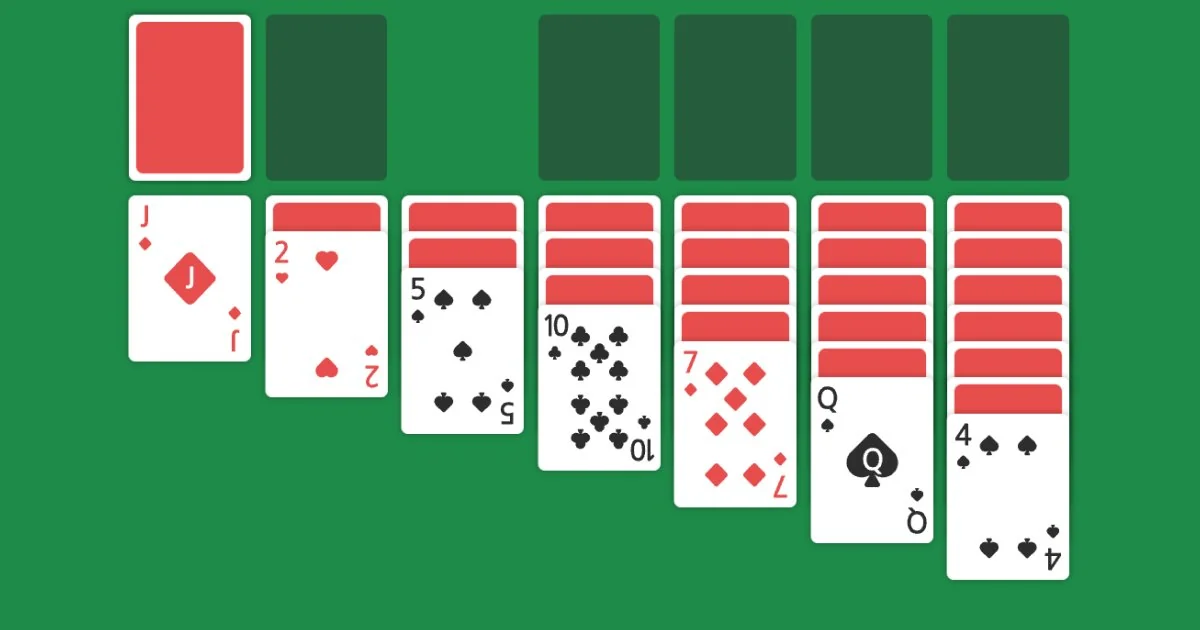
In today’s fast-paced world, it’s easy to feel as though we need to be constantly in motion—reacting, engaging, and doing. But there is a subtle art that many have overlooked, which is both powerful and transformative: learning to sit back and observe. This skill can open doors to deeper understanding, more effective decision-making, and a calmer, more centered approach to life. As the popular phrase suggests, “Learn to sit back and observe. Not everything needs your immediate attention.” In this article, we’ll explore the wisdom behind this idea and how it can enhance various aspects of your personal and professional life.
The Modern Dilemma: Constant Reaction and Overstimulation
We live in an era of constant stimulation. Social media, instant messaging, news notifications, and the general busyness of life all contribute to a society that prioritizes immediate reactions over thoughtful responses. This dynamic often leads to overreaction, stress, Learn to Sit Back and Observe. Not Everything Need – Tymoff and even burnout, as we attempt to keep up with the barrage of information and events that demand our attention.
Why We Feel Compelled to React
At the root of this compulsion to react is the fear of missing out (FOMO), a psychological driver that pushes us to stay constantly engaged, fearing that we’ll miss something important. However, the irony is that this reactive state often prevents us from fully absorbing and understanding the information or events happening around us.
The Consequences of Overreacting
When we respond impulsively to everything that comes our way, we often make mistakes. These hasty decisions are rarely the best ones, as they are fueled by emotion, incomplete information, or a lack of proper analysis. Over time, this constant state of urgency can erode our mental health, relationships, and even professional standing.
The Power of Observation
In contrast to reaction, observation involves taking a step back to calmly assess a situation. This is a process that requires patience, mindfulness, and a willingness to delay immediate judgment. By practicing observation, you allow yourself the opportunity to absorb all aspects of a situation—both the visible and the unseen—before coming to a conclusion.
What It Means to “Sit Back and Observe”
Sitting back doesn’t mean disengaging or being passive. Rather, it involves taking a mindful pause. When you sit back and observe, you give yourself the space to see the big picture, notice subtle details, and understand the true nature of what’s unfolding around you.
Think about it like watching a chess match. A good player doesn’t rush to make moves; they carefully observe the entire board, considering not only their next move but also the potential future moves of their opponent. Similarly, by stepping back from the urgency of reaction, we can see situations from a broader perspective and make decisions that are far more strategic and well-informed.
How Observation Leads to Better Decisions
Observation allows for the gathering of more complete information. When we aren’t rushing to respond, we give ourselves the chance to analyze different facets of a situation. By taking this time, our decisions are not just based on immediate emotion, but rather on logic, evidence, and careful thought.
For example, in a heated argument, sitting back to observe the situation rather than immediately reacting can prevent escalation. It allows you to better understand the other person’s point of view, recognize underlying emotions, and respond in a way that de-escalates the situation rather than fuels the fire.
Mindful Observation in Everyday Life
Learning to sit back and observe isn’t just a theoretical practice—it’s something you can apply in your daily life. Whether in relationships, your career, or your personal growth, taking a more observant approach can have transformative effects.
In Personal Relationships
Emotional reactions often complicate relationships. When we react without thinking, we may say or do things that we regret, which can harm our connections with others. By observing rather than reacting, we allow ourselves to approach conflicts more constructively.
For instance, if a loved one says something hurtful in the heat of the moment, sitting back and observing can help you recognize that their words are likely fueled by stress or anger. By observing their body language, tone, and context, you may realize that this momentary lapse doesn’t represent how they truly feel. Instead of reacting defensively, you can respond with compassion, leading to a healthier resolution.
In Professional Settings
In the workplace, the ability to observe before reacting is a critical skill for success. Leaders who are quick to react often find themselves making poor decisions. Whether it’s responding to an employee issue or a client complaint, taking a step back to evaluate the situation can help avoid costly mistakes.
By practicing mindful observation, you can better assess the dynamics of a situation. For instance, in meetings, instead of jumping in with your opinion right away, sit back and listen to others. Pay attention to the nuances in what is being said, as well as the non-verbal cues. This will allow you to contribute more meaningfully when you do speak, as your responses will be informed by a broader understanding of the issue.
In Personal Growth
Sitting back and observing isn’t just about external situations—it can also be applied internally. By observing your own thoughts, emotions, and behaviors without immediate judgment, you can gain deeper insights into your personal development.
This form of self-observation is often practiced in mindfulness and meditation. Instead of reacting to your thoughts or emotions, you simply observe them as they come and go. This helps you develop greater emotional intelligence and self-awareness, which are critical for personal growth.
The Science Behind Observation and Mindfulness
Scientific research supports the benefits of mindful observation. Studies have shown that mindfulness practices, which include observational techniques, can reduce stress, improve emotional regulation, and enhance decision-making abilities.
The Role of the Brain
When we sit back and observe, we engage the prefrontal cortex, the part of the brain responsible for higher-order thinking, decision-making, and emotional regulation. In contrast, when we react impulsively, we engage the amygdala, the brain’s emotional center, which is responsible for the fight-or-flight response.
By training ourselves to observe first, we can strengthen the neural pathways associated with the prefrontal cortex, making it easier to respond thoughtfully rather than react impulsively.
Observation in Mindfulness Practices
Mindfulness meditation is a form of mental training that involves observing your thoughts, emotions, and bodily sensations without judgment. This practice has been shown to reduce the size and activity of the amygdala, leading to a calmer, more thoughtful approach to stressful situations.
Practical Tips for Cultivating Observation
If you’re ready to start incorporating mindful observation into your life, here are a few practical steps you can take:
1. Practice Mindful Breathing
When faced with a stressful situation, take a few deep breaths before reacting. This simple action can help shift your focus from an emotional reaction to a more thoughtful response.
2. Use a “Pause” Button
Whenever you feel the urge to react immediately, visualize pressing a pause button in your mind. This mental trick can remind you to take a step back and observe before responding.
3. Ask Questions
Instead of jumping to conclusions, Learn to Sit Back and Observe. Not Everything Need – Tymoff ask yourself a few questions about the situation. What might you be missing? What are the motivations of the other parties involved? This will help you gather more information before making a decision.
4. Practice Non-Judgmental Observation
In mindfulness, the goal is to observe without immediately judging. Try to apply this principle in daily life by simply observing situations without labeling them as “good” or “bad.” This will help you stay more objective.
5. Reflect on Your Reactions
After a situation has passed, take some time to reflect on how you responded. Did you react impulsively, or did you observe and respond thoughtfully? Reflection can help you improve your observational skills over time.
Conclusion
The ability to sit back and observe is a powerful skill that can transform how we interact with the world. Not everything demands our immediate attention, and by practicing mindful observation, we can reduce stress, make better decisions, and improve our relationships. The next time you feel the urge to react quickly, remember: sometimes the best action is to simply sit back and observe.








